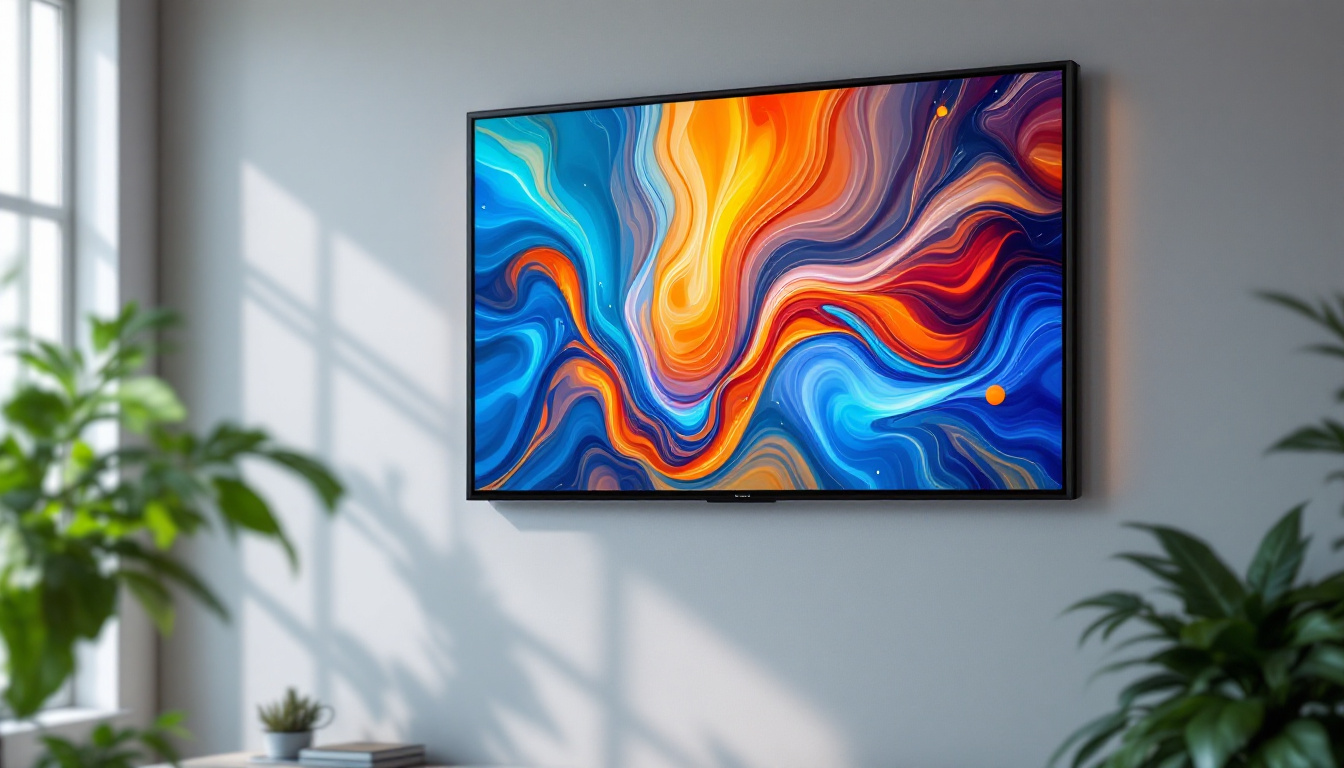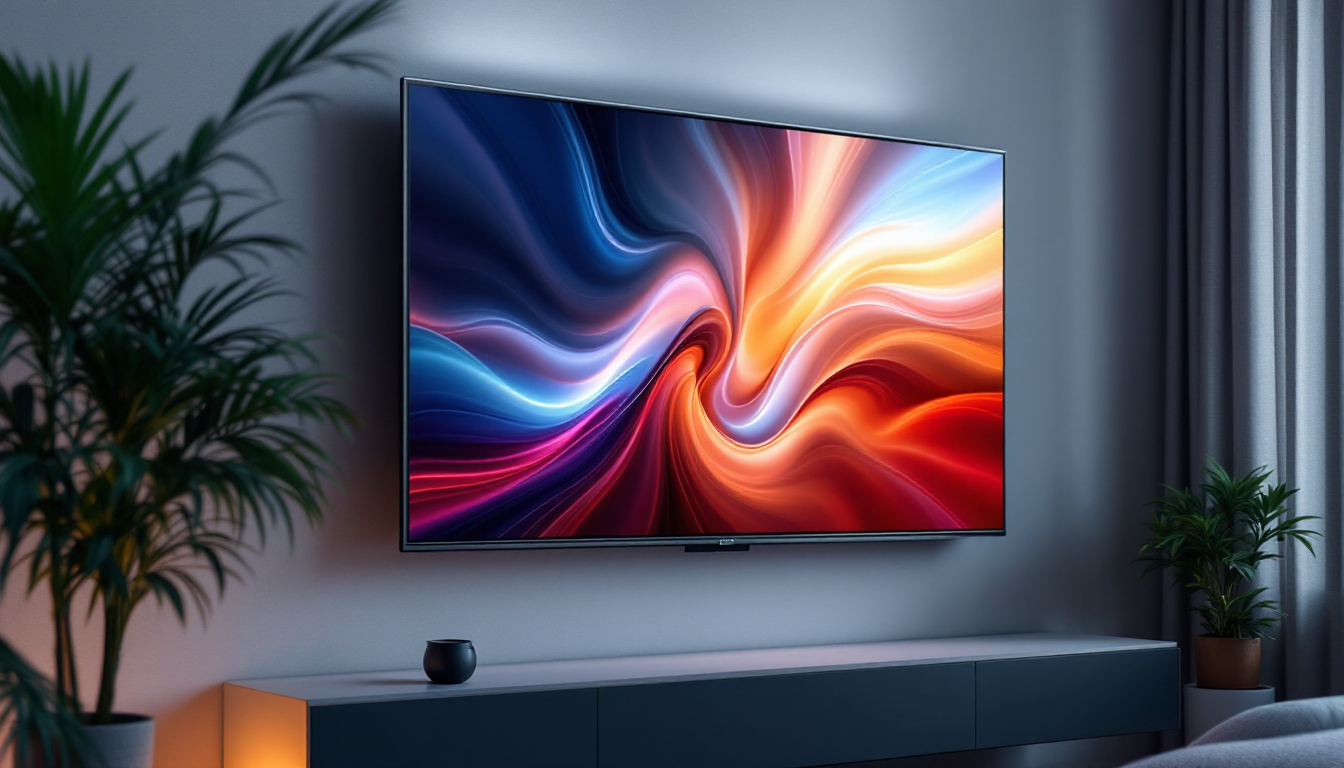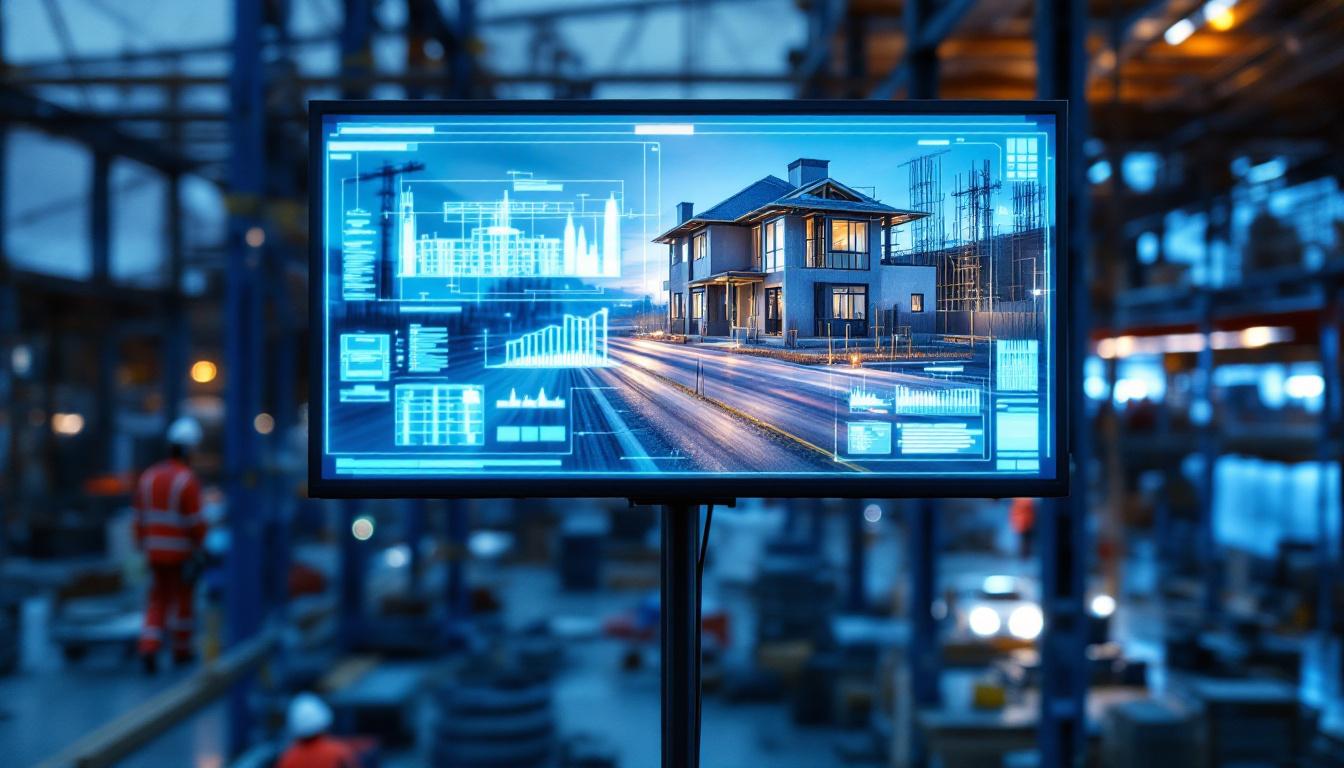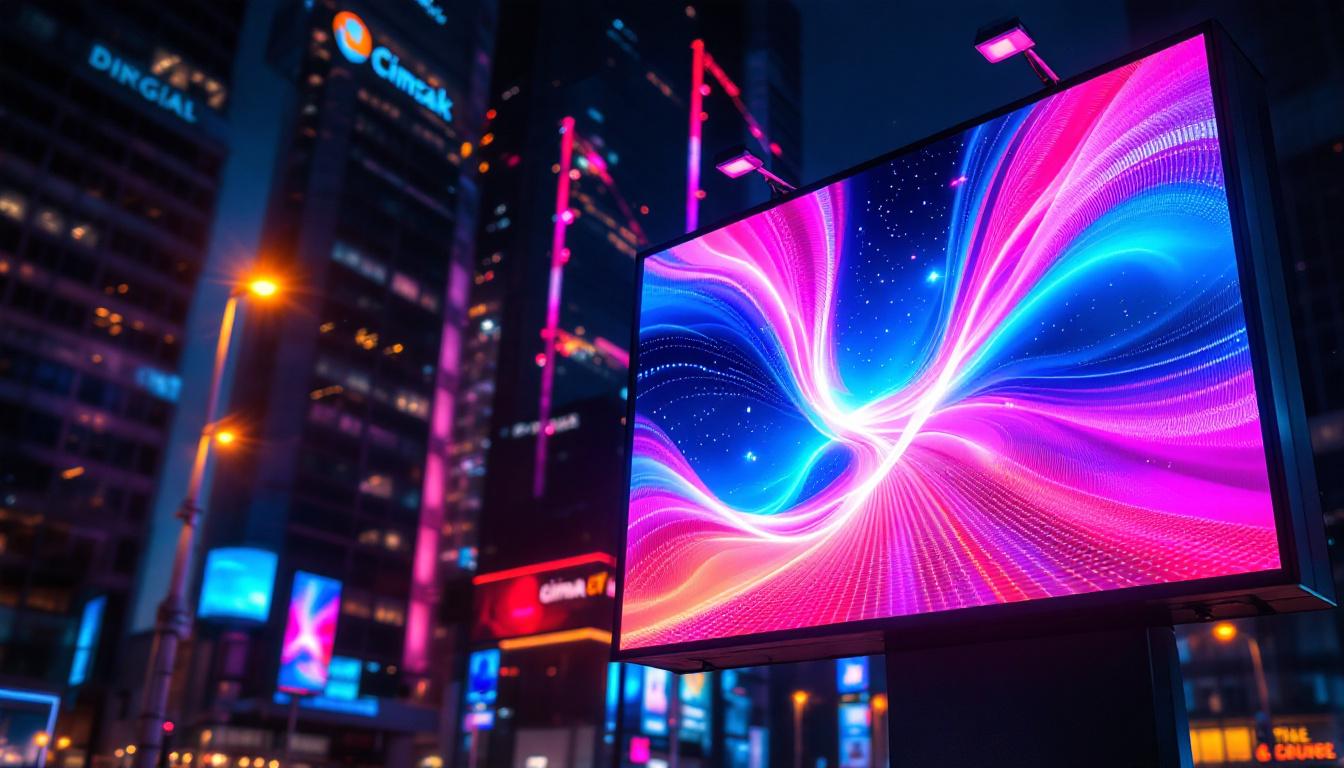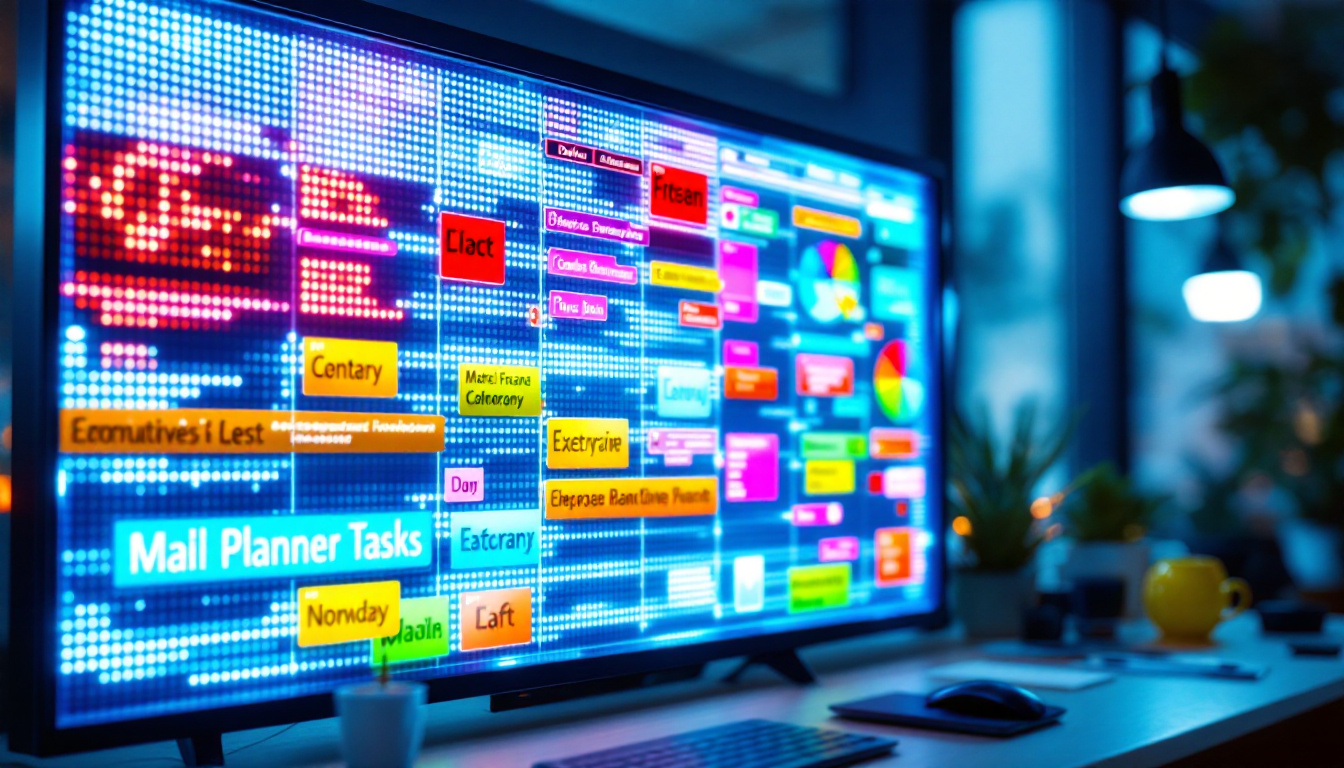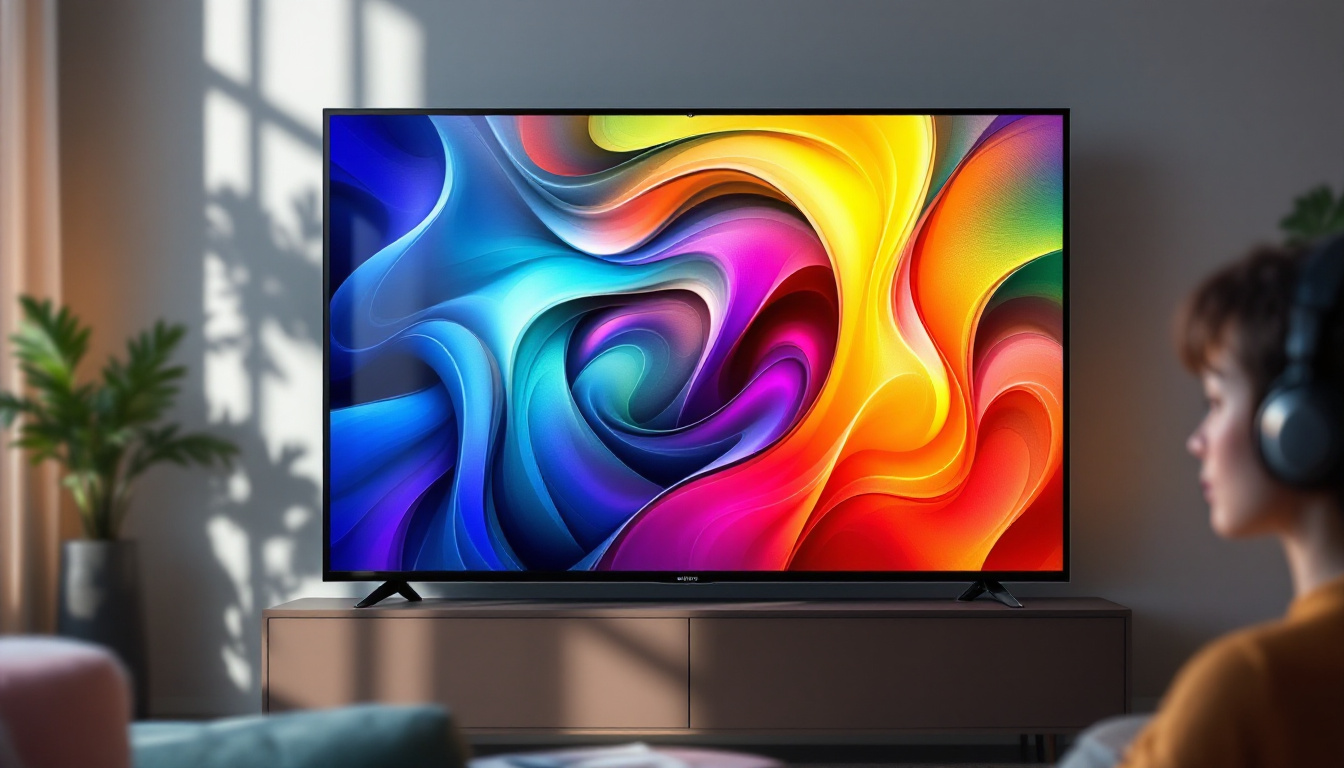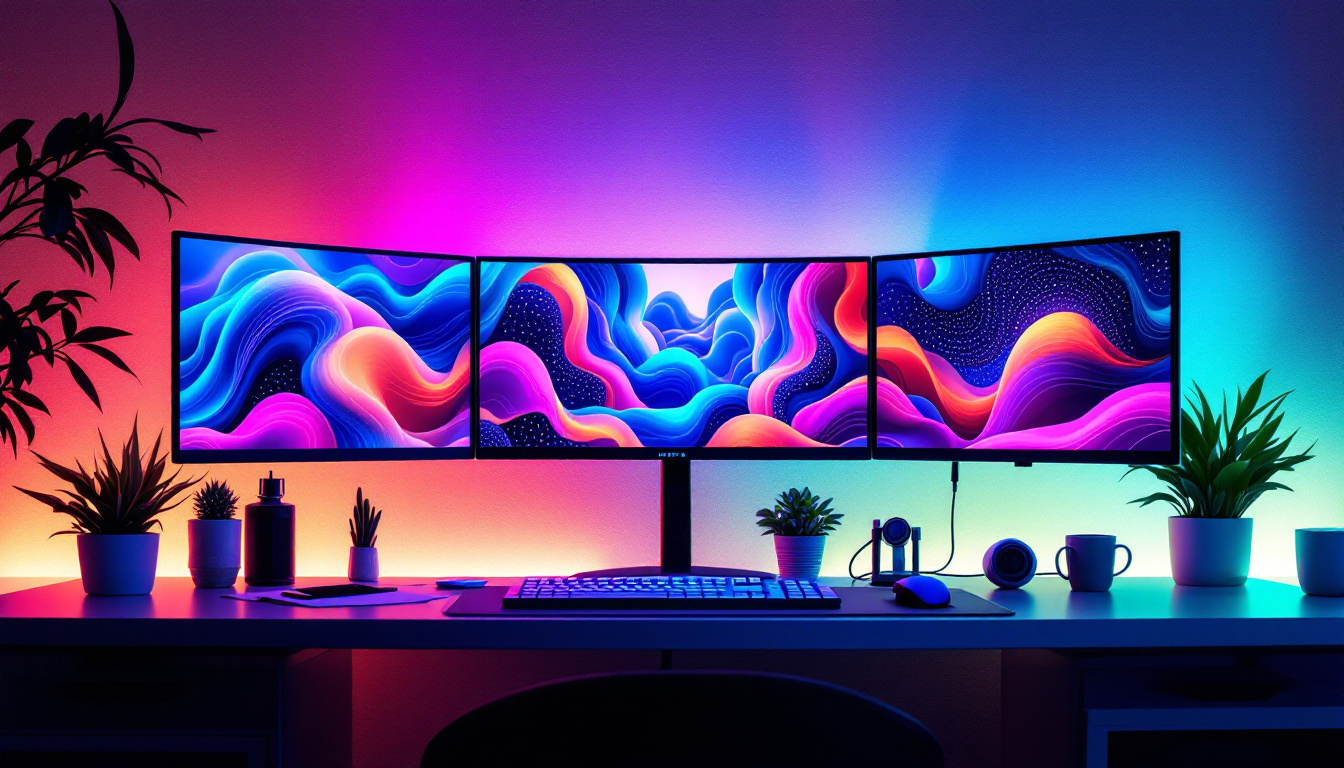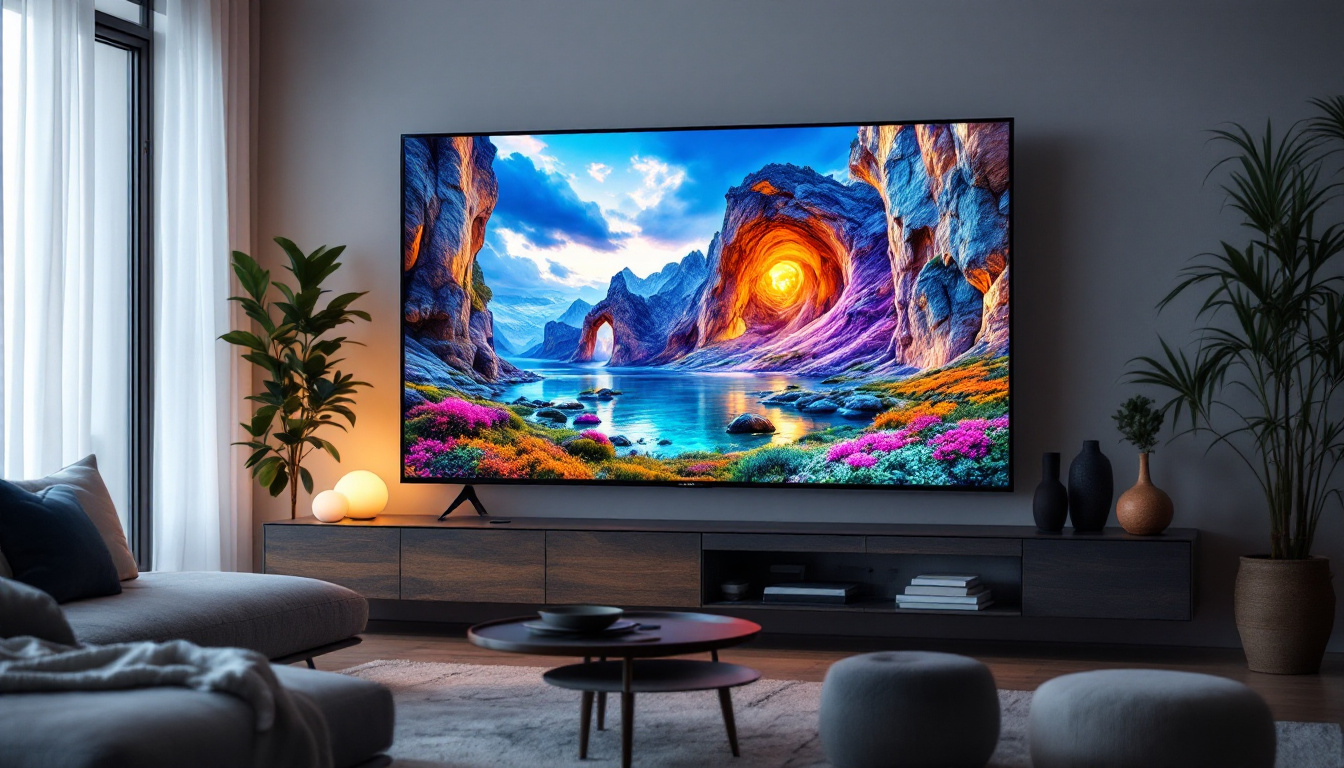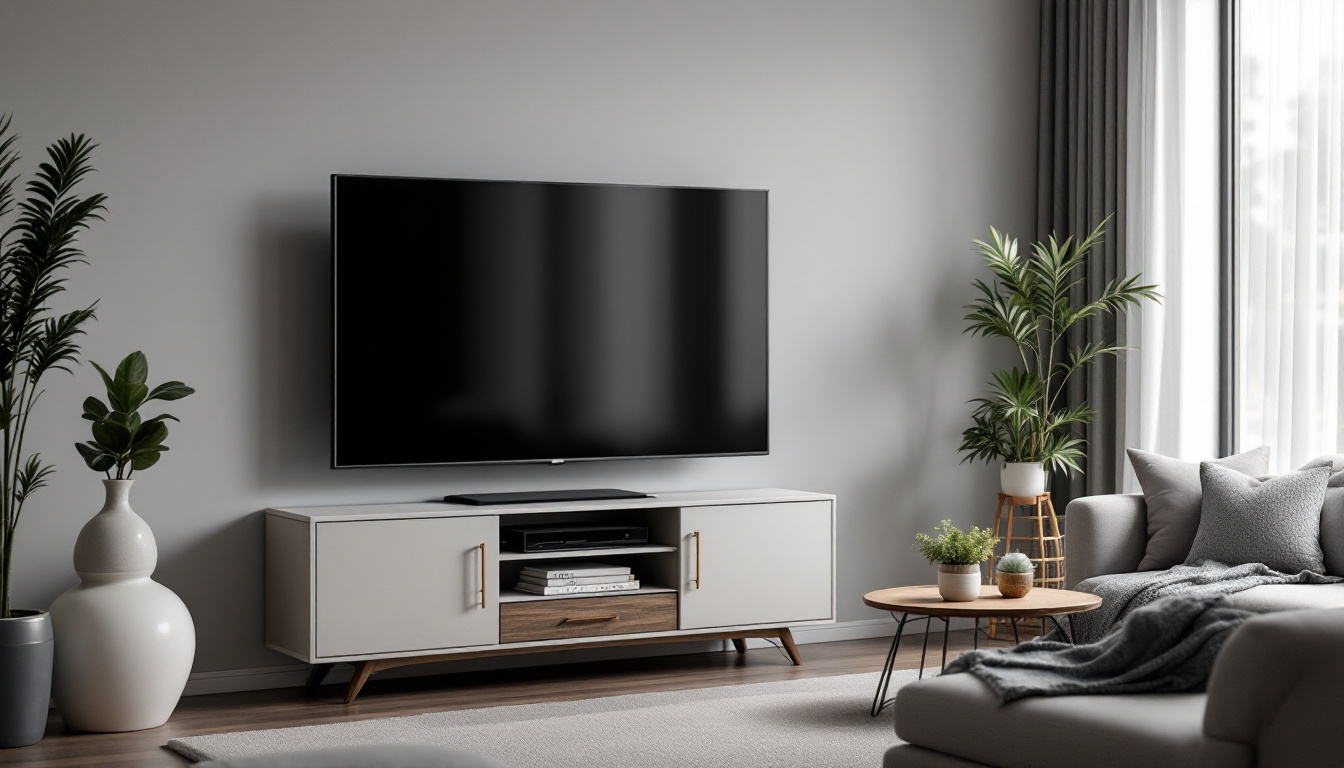In an age where technology is integral to our daily lives, wall mount touch screens have emerged as a popular choice for both personal and professional environments. These devices combine the functionality of a traditional monitor with the interactivity of a touchscreen, making them ideal for a variety of applications, from digital signage to smart home control. This article delves into the intricacies of wall mount touch screens, particularly focusing on LED display technology, its benefits, and its applications.
Understanding Wall Mount Touch Screens
Wall mount touch screens are sleek, modern devices that can be affixed to walls, allowing for easy access and visibility. They are often used in commercial settings, such as retail stores, offices, and educational institutions, but are also gaining popularity in residential spaces. The integration of touch technology allows users to interact with the display directly, making it an intuitive choice for many applications. These screens not only enhance user engagement but also streamline operations, making them a valuable asset in various environments.
In addition to their practical applications, wall mount touch screens can serve as dynamic information hubs. For instance, in retail environments, they can display promotional content, product information, or even interactive maps to guide customers through the store. In educational settings, they can facilitate collaborative learning by allowing multiple students to engage with educational software simultaneously. The aesthetic appeal of these screens also contributes to modern interior design, blending technology seamlessly with the surrounding decor.
Key Features of Wall Mount Touch Screens
One of the standout features of wall mount touch screens is their versatility. These devices can come in various sizes, resolutions, and touch technologies, catering to different needs and preferences. Common features include:
- Multi-touch Capability: Many wall mount touch screens support multi-touch gestures, allowing users to interact with the display using multiple fingers simultaneously.
- High Resolution: With advancements in display technology, many touch screens offer high-definition resolutions, ensuring crisp and clear images.
- Durability: Designed for frequent use, these screens often feature durable glass that is resistant to scratches and impacts.
Moreover, wall mount touch screens often come equipped with customizable interfaces, enabling businesses to tailor the user experience to their specific needs. This adaptability can enhance customer satisfaction and engagement, as users can navigate through personalized content seamlessly. Additionally, many models support connectivity options such as Wi-Fi, Bluetooth, and HDMI, allowing for easy integration with other devices and systems, further expanding their functionality.
Types of Touch Technologies
Different touch technologies are employed in wall mount touch screens, each with its own advantages. The most common types include:
- Capacitive Touch: This technology uses the conductive properties of the human body to detect touch. It allows for a more responsive and sensitive touch experience, making it ideal for applications that require precision.
- Resistive Touch: Resistive screens operate by sensing pressure applied to the surface. They are generally more affordable and can be used with gloves or styluses, making them suitable for various environments.
- Infrared Touch: Infrared touch screens use an array of infrared sensors to detect touch. They are highly durable and can be used in outdoor settings, as they are not affected by environmental factors.
In addition to these technologies, some wall mount touch screens incorporate advanced features like gesture recognition and voice control, further enhancing user interaction. Gesture recognition allows users to navigate through content with simple hand movements, while voice control offers a hands-free alternative for accessing information. These innovations not only improve accessibility but also cater to a broader range of users, including those with disabilities, making wall mount touch screens an inclusive choice for modern spaces.
LED Display Technology
LED (Light Emitting Diode) technology has revolutionized the way displays are designed and utilized. In wall mount touch screens, LED displays offer numerous advantages that enhance user experience and overall performance.
Benefits of LED Displays
LED displays are known for their vibrant colors, high brightness levels, and energy efficiency. Some of the primary benefits include:
- Brightness and Clarity: LED displays provide exceptional brightness, making them suitable for environments with varying lighting conditions. This ensures that content is easily visible, even in well-lit areas.
- Energy Efficiency: Compared to traditional LCD displays, LED displays consume less power, making them a more sustainable choice in the long run.
- Longevity: LED technology is known for its durability and longevity, often lasting much longer than other display technologies, which translates to lower maintenance costs.
Color Accuracy and Contrast
One of the most appealing aspects of LED displays is their ability to produce vibrant colors and deep contrasts. This is particularly important for applications that rely on visual appeal, such as digital signage or interactive presentations. The enhanced color accuracy ensures that images and videos are displayed as intended, capturing the audience’s attention effectively.
Applications of Wall Mount Touch Screens
The versatility of wall mount touch screens allows them to be utilized in a wide range of applications. From enhancing customer engagement in retail environments to facilitating collaboration in corporate offices, these devices are becoming indispensable tools in various sectors.
Commercial Use Cases
In commercial settings, wall mount touch screens serve multiple purposes:
- Digital Signage: Retailers utilize touch screens to display promotional content, product information, and interactive maps to enhance customer experience.
- Wayfinding: In large venues such as malls, airports, and museums, touch screens can provide interactive maps and directions, helping visitors navigate efficiently.
- Point of Sale: Many businesses are adopting touch screens as part of their point-of-sale systems, allowing for quick and efficient transactions.
Educational Applications
In educational institutions, wall mount touch screens are transforming the way teachers and students interact:
- Interactive Learning: Touch screens facilitate interactive lessons, enabling students to engage with the material actively.
- Collaborative Projects: In classrooms, students can work together on projects using touch screens, promoting teamwork and collaboration.
- Remote Learning: With the rise of remote education, touch screens can be used for virtual classrooms, allowing teachers to share content and engage with students in real-time.
Choosing the Right Wall Mount Touch Screen
Selecting the right wall mount touch screen involves considering various factors that align with specific needs and preferences. The right choice can significantly enhance user experience and overall satisfaction.
Size and Resolution
When choosing a wall mount touch screen, size and resolution are critical factors. The size should be appropriate for the intended space and usage. For instance, larger screens are often more suitable for public spaces, while smaller screens may be ideal for personal use. Additionally, resolution plays a vital role in the clarity of the display. Higher resolutions ensure that images and text are sharp and easily readable.
Touch Technology and Responsiveness
Understanding the different touch technologies available is essential in making an informed decision. Depending on the intended use, one may prefer capacitive touch for its responsiveness or resistive touch for its versatility with various input methods. Testing the responsiveness of the screen before purchase can also provide insights into its usability.
Installation and Maintenance Considerations
Proper installation and maintenance are crucial for the longevity and performance of wall mount touch screens. Ensuring that the device is securely mounted and properly connected can prevent issues down the line.
Installation Tips
When installing a wall mount touch screen, consider the following tips:
- Location: Choose a location that is easily accessible and visible to users. Ensure that the screen is at an appropriate height for comfortable interaction.
- Wiring: Plan the wiring carefully to avoid clutter and ensure a clean installation. Concealed wiring can enhance the aesthetics of the setup.
- Mounting Hardware: Use high-quality mounting hardware that can support the weight of the screen. Follow the manufacturer’s guidelines for installation to ensure safety.
Maintenance Best Practices
Regular maintenance can extend the life of wall mount touch screens and ensure optimal performance:
- Cleaning: Use a microfiber cloth and appropriate cleaning solution to keep the screen free of dust and fingerprints. Avoid abrasive materials that could scratch the surface.
- Software Updates: Keep the software updated to ensure that the device operates smoothly and securely. Check for updates regularly to benefit from new features and improvements.
- Regular Checks: Periodically check the mounting hardware and connections to ensure everything remains secure and functional.
The Future of Wall Mount Touch Screens
As technology continues to evolve, wall mount touch screens are likely to become even more sophisticated. Emerging trends such as artificial intelligence, augmented reality, and enhanced connectivity are set to redefine how these devices are used.
Integration with Smart Home Systems
With the rise of smart home technology, wall mount touch screens are increasingly being integrated into home automation systems. This allows users to control lighting, security, and entertainment systems from a single interface, enhancing convenience and efficiency.
Enhanced Interactivity
Future advancements may also lead to more interactive features, such as gesture control and voice recognition, further enhancing user experience. These innovations could make wall mount touch screens even more intuitive and user-friendly, catering to a broader audience.
Conclusion
Wall mount touch screens equipped with LED display technology offer a dynamic and interactive experience that caters to a wide range of applications. Their versatility, combined with the benefits of LED displays, makes them an attractive choice for both commercial and residential settings. As technology continues to advance, the potential for wall mount touch screens is limitless, paving the way for more innovative and engaging user experiences in the future.
Whether for digital signage, educational purposes, or smart home control, investing in a quality wall mount touch screen can significantly enhance functionality and user engagement. With careful consideration of features, installation, and maintenance, these devices can serve as valuable assets in any environment.
Discover LumenMatrix’s Advanced LED Display Solutions
Ready to elevate your space with the latest in LED display technology? LumenMatrix is at the forefront of creating immersive visual experiences with a diverse range of LED display solutions. From vibrant Indoor LED Walls to dynamic Outdoor Displays and beyond, our products are designed to captivate and engage your audience. Embrace the future of visual communication with LumenMatrix and transform your environment today. Check out LumenMatrix LED Display Solutions and see the difference for yourself.

